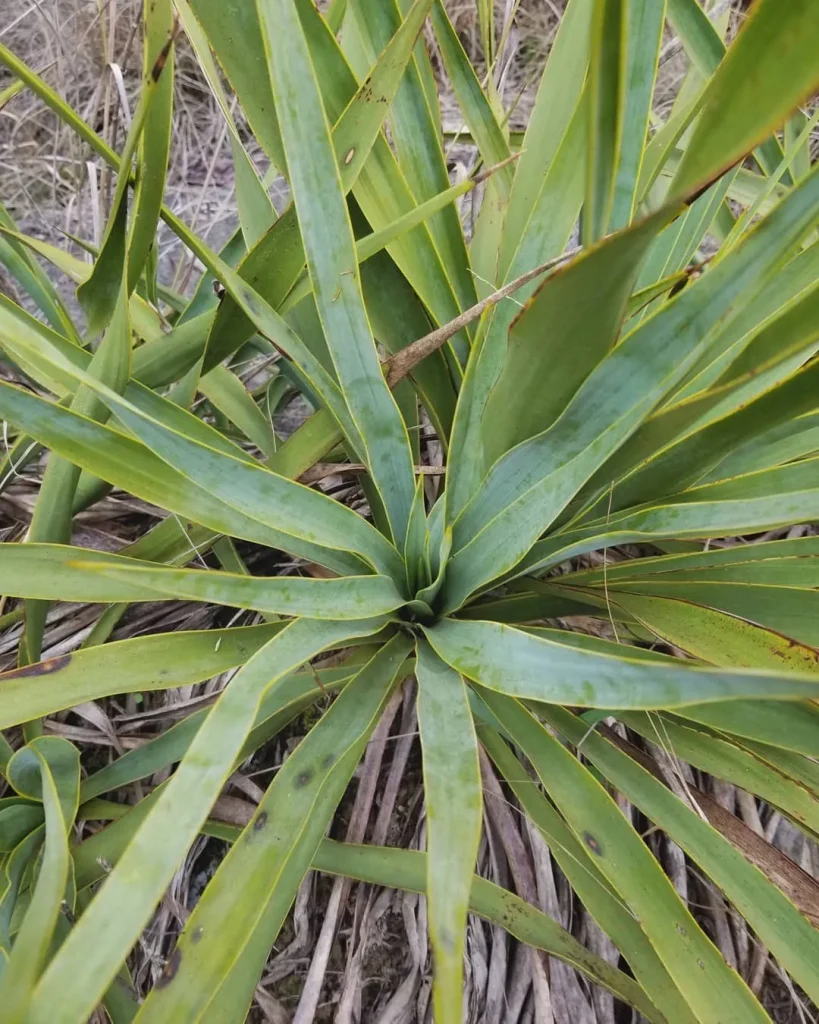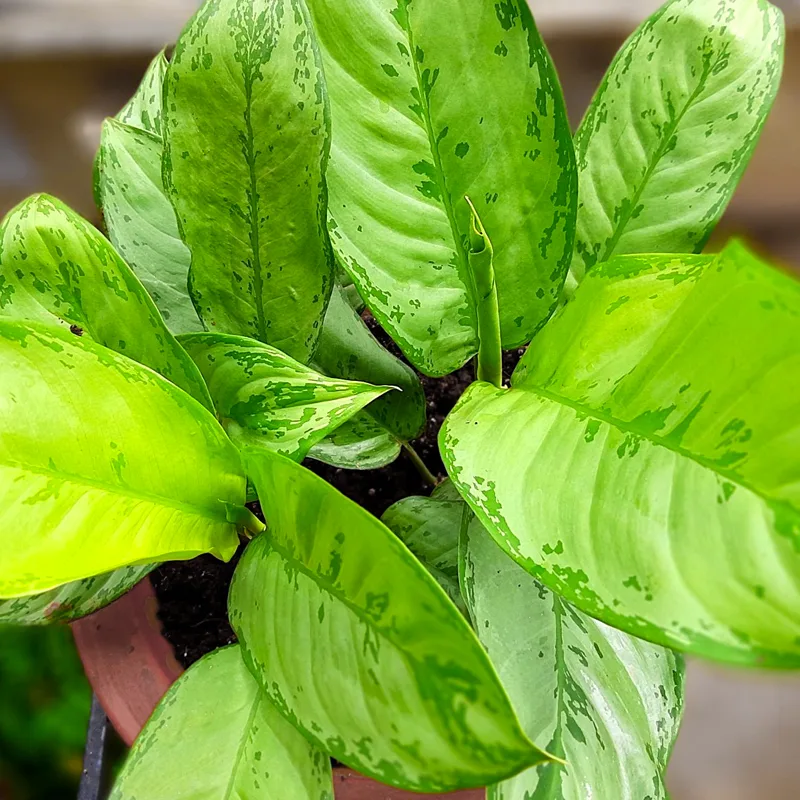What Is Nepenthes Briggsiana?
Nepenthes Briggsiana is a captivating carnivorous plant native to the highlands of Borneo and the Philippines. Known for its striking, tubular traps, it’s a member of the Nepenthaceae family. These plants are also commonly referred to as “pitcher plants” due to their unique, pitcher-shaped leaves that trap and digest insects.
I first encountered Nepenthes Briggsiana in a specialized plant shop, and its exotic appearance immediately caught my eye. The plant’s traps are vibrant and often exhibit a delightful mix of colors, ranging from green to reddish hues. Each trap features a lid, or “operculum,” which helps to lure and capture prey, making this plant both beautiful and fascinating.
Plant Family: Nepenthaceae – 207 Species in Genus Nepenthes
How to Care for Nepenthes Briggsiana?
Caring for Nepenthes Briggsiana involves understanding its specific needs to keep it thriving. Here’s a breakdown of the care regimen that has worked well for me:
- Light: Nepenthes Briggsiana thrives in bright, indirect light. I place mine near a window with filtered sunlight or under grow lights. Direct sun can scorch the leaves, so be cautious.
- Water: This plant prefers distilled or rainwater. Tap water can be too harsh due to its mineral content. I ensure my plant’s soil is consistently moist but not waterlogged.
- Temperature: Nepenthes Briggsiana enjoys a warm, humid environment. I keep mine in a room where temperatures range from 70°F to 85°F during the day and slightly cooler at night. Maintaining high humidity is crucial, and I use a humidity tray or a humidifier to achieve this.
- Soil: I use a mix of sphagnum moss, perlite, and orchid bark. This mix provides the well-draining, acidic soil Nepenthes Briggsiana requires.
- Feeding: While Nepenthes Briggsiana can catch its own food, I occasionally supplement its diet with small insects or specialized carnivorous plant food. I’ve found that this helps keep the plant healthy and vibrant.
How to Propagate Nepenthes Briggsiana?
Propagation of Nepenthes Briggsiana can be achieved through several methods, but here’s what I’ve had success with:
- Leaf Cuttings: I take cuttings from mature, healthy leaves and place them in a sphagnum moss or peat mixture. It’s essential to keep the cuttings humid and warm until roots develop.
- Stem Cuttings: For this method, I cut a section of the stem with a few nodes and place it in a propagation medium. Like leaf cuttings, maintaining high humidity and warmth is key.
- Seed: Growing from seed is another option. I sow the seeds on a moist sphagnum moss bed and keep them in a warm, humid environment. This method requires patience, as seeds can take several months to germinate.
What to Plant With Nepenthes Briggsiana?
Nepenthes Briggsiana pairs well with other highland or tropical plants that share similar care requirements. I’ve had good results planting it alongside:
- Heliamphora: Another pitcher plant that thrives in similar conditions.
- Sarracenia: Although it’s more suited to temperate climates, certain Sarracenia species can adapt to highland conditions.
- Orchids: Many orchids enjoy the humid, warm environment that Nepenthes Briggsiana provides.
Is Nepenthes Briggsiana Toxic?
Nepenthes Briggsiana is not toxic to humans or pets. However, its traps contain digestive enzymes that break down insects, so it’s best to avoid letting pets or small children play with the plant too closely. While it’s safe, the plant’s digestive process can be an unpleasant surprise if touched.
Benefits and Common Problems
Benefits: Nepenthes Briggsiana serves as a natural pest control system. Its insect-catching capabilities reduce the number of pesky bugs in your home. Additionally, its unique appearance adds an exotic touch to any plant collection.
Common Problems:
- Overwatering: Too much water can lead to root rot. I’ve found that ensuring proper drainage and using the right soil mix helps prevent this issue.
- Low Humidity: If the humidity drops too low, the plant’s traps may dry out. Using a humidifier or placing the plant on a humidity tray can remedy this.
- Pest Infestations: While generally pest-resistant, Nepenthes Briggsiana can occasionally attract pests like aphids. Regular inspection and treatment with insecticidal soap can help manage any infestations.
Comparing Nepenthes Briggsiana with Similar Species
If you’re considering Nepenthes Briggsiana, you might also look into other pitcher plants, such as:
- Nepenthes Ventrata: Easier to care for and more adaptable to varying conditions.
- Nepenthes Alata: Known for its striking red pitchers and slightly different care needs.
- Nepenthes Rafflesiana: Features larger traps and a more robust growth habit, but requires similar care.
In my experience, Nepenthes Briggsiana stands out for its unique appearance and specific care requirements. While it’s not the easiest pitcher plant to care for, its rewards make it a worthy addition to any collection.
If i die, water my plants!



